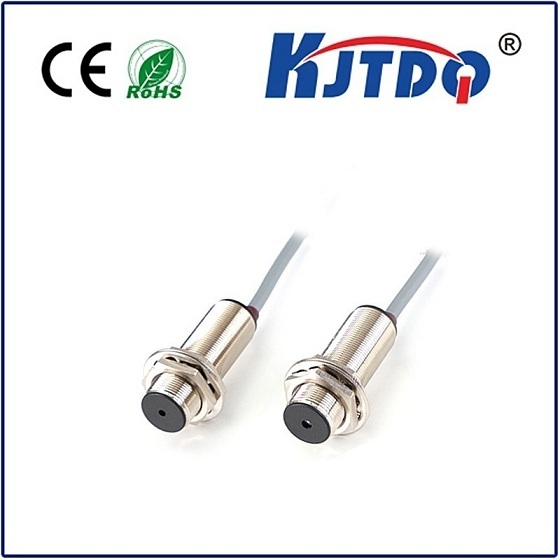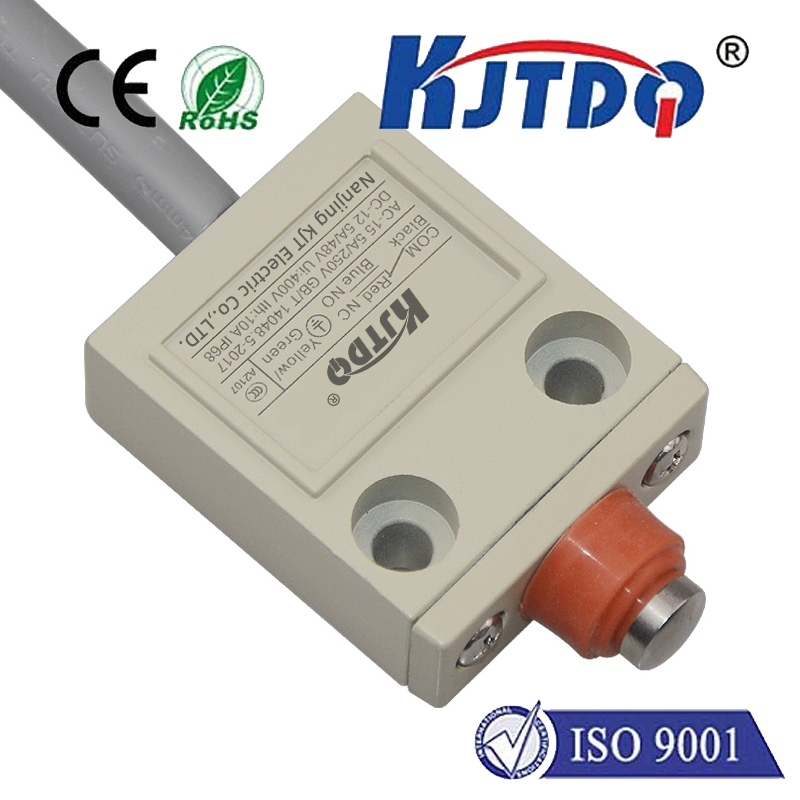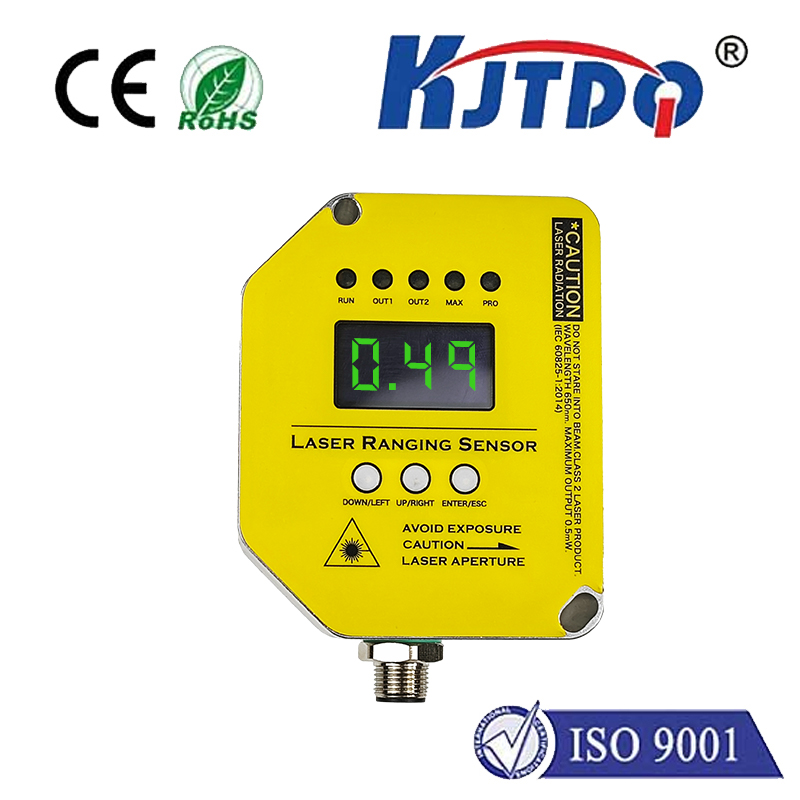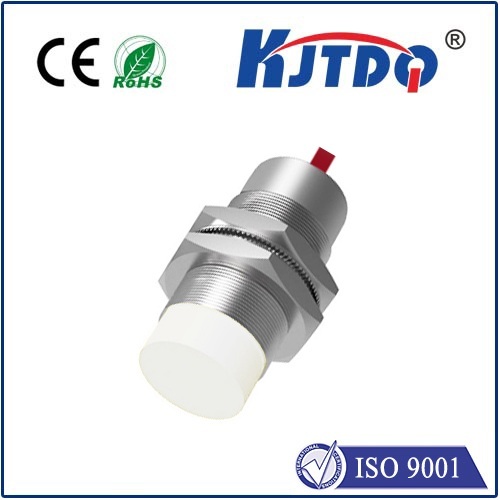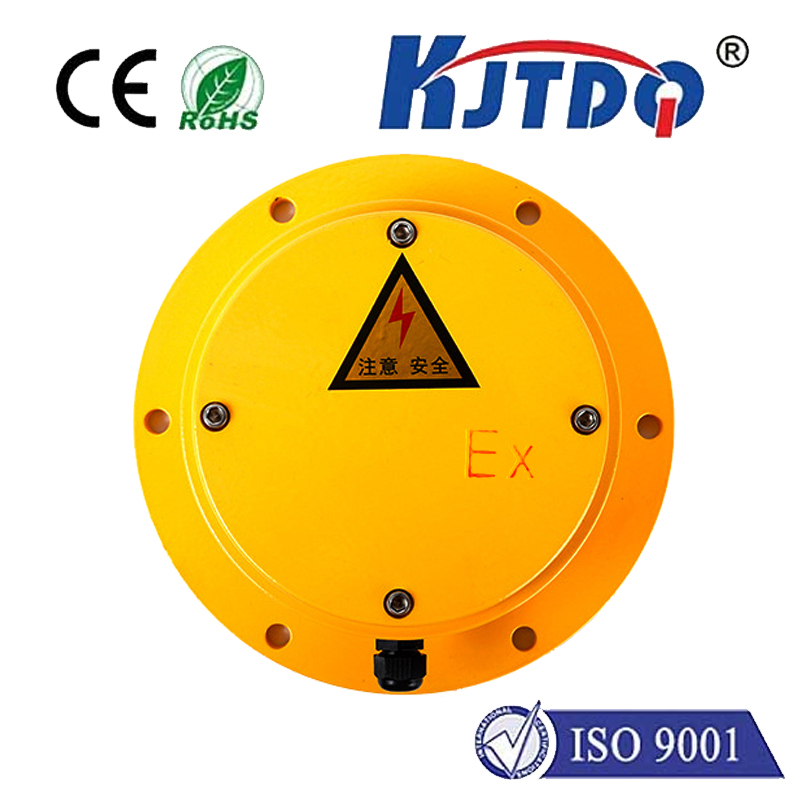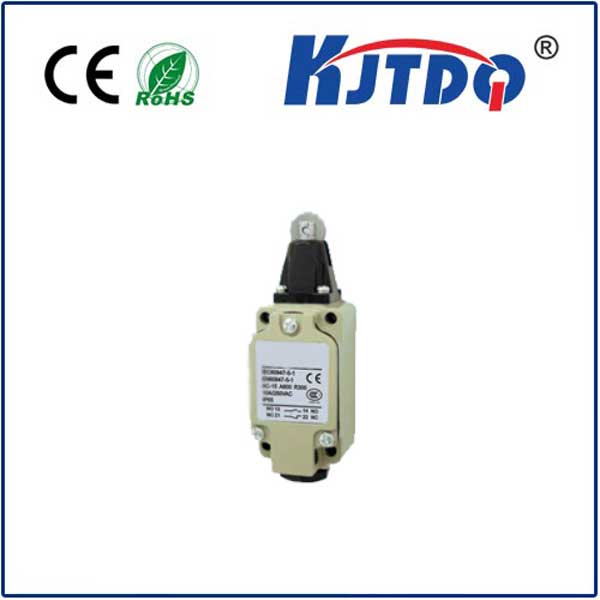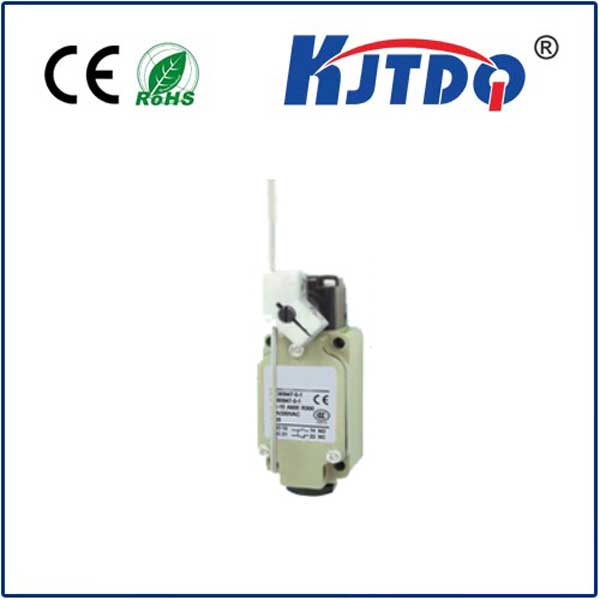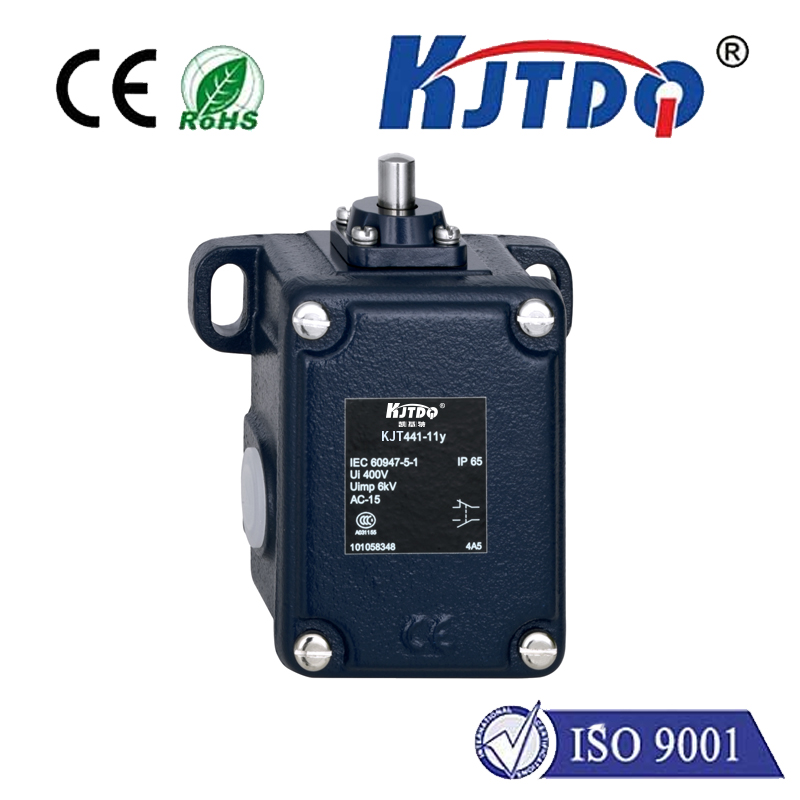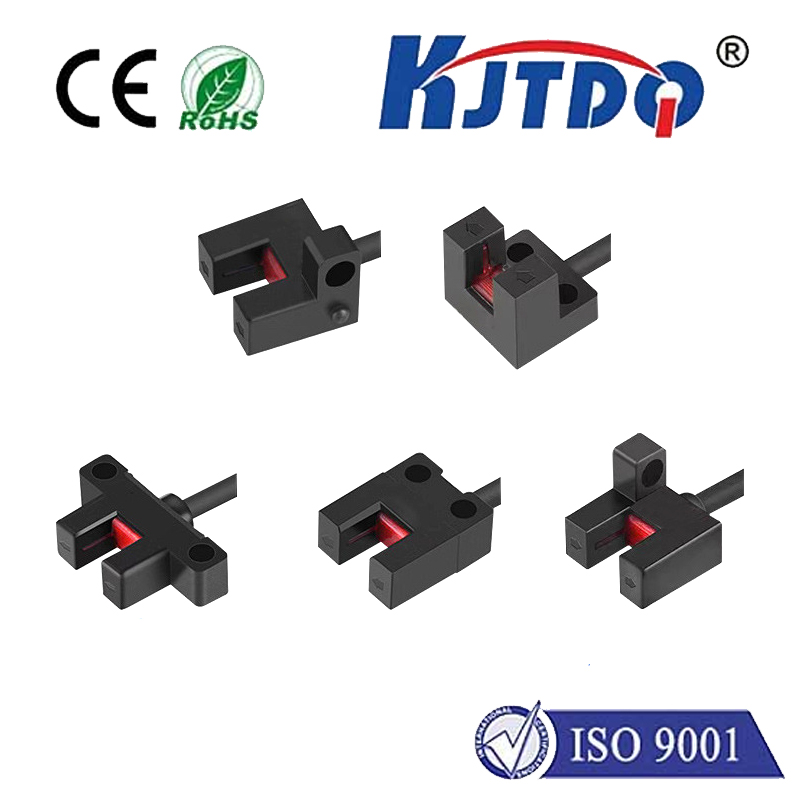
Проверка

Проверка

Проверка

Проверка

Проверка

Проверка
Laser Dust Detectors: The Future of Precision Air Quality Monitoring Imagine a sunbeam streaming through your window, illuminating countless microscopic particles floating in the air—particles you breathe in daily. While some are harmless, others pose serious health risks. Enter the Лазерный детектор пыли, a cutting-edge tool transforming how we monitor air quality. By combining advanced optics and real-time analytics, this technology is redefining environmental safety, industrial hygiene, and even smart home systems.
A laser dust detector is an instrument designed to measure airborne particulate matter (PM) using laser-based scattering principles. Unlike traditional methods that rely on manual sampling or less accurate sensors, these devices use high-intensity laser beams to detect and quantify particles as small as 0.1 microns—equivalent to 1/1000th of a human hair’s width. This precision makes them indispensable for applications ranging from pollution control to cleanroom monitoring.
The core mechanism involves light scattering theory. Here’s a simplified breakdown:
A laser emits a focused beam into a detection chamber.
Airborne particles pass through the beam, scattering light in multiple directions.
Photodetectors capture the scattered light, converting it into electrical signals.
Algorithms analyze signal patterns to determine particle size, concentration, and distribution. This process happens in milliseconds, enabling real-time data collection. Modern detectors even classify particles by type—such as pollen, smoke, or industrial dust—using spectral analysis.
Traditional dust monitoring often involves gravimetric filters or beta attenuation, which are time-consuming and lack real-time capabilities. Laser detectors solve these issues with:
Speed: Instantaneous readings versus hours-long lab tests.
Точность: Detecting PM1.0, PM2.5, and PM10 with minimal error margins.

Многогранный.: Functioning in extreme temperatures, high humidity, or corrosive environments. For industries like pharmaceuticals or semiconductor manufacturing, where microscopic contaminants can ruin products, this precision is non-negotiable.
Экологический мониторинг Governments and NGOs use these devices to track urban air quality. For example, cities like Beijing and Delhi deploy laser detectors to issue smog alerts and assess pollution control policies.
Workplace Safety In coal mines, construction sites, and factories, prolonged exposure to dust can cause silicosis or lung cancer. Real-time laser monitors help enforce safety thresholds, protecting workers’ health.
Healthcare Hospitals employ laser detectors to maintain sterile environments. During the COVID-19 pandemic, researchers also used them to study aerosol transmission patterns.
Smart Homes Integrated with IoT systems, compact laser detectors now alert homeowners to indoor pollutants, triggering air purifiers automatically.
Not all dust is created equal. Laser detectors differentiate particles using Mie scattering theory, which correlates light intensity and scattering angles to particle size. For instance:
Large particles (e.g., pollen) scatter light forward.
Small particles (e.g., combustion fumes) scatter light uniformly. Advanced models add polarization analysis to distinguish reflective particles (metallic dust) from non-reflective ones (organic matter).
While laser detectors are revolutionary, they face challenges:
Cost: High-end models remain expensive for small businesses.
Calibration: Requires regular maintenance to ensure accuracy. However, breakthroughs like AI-driven calibration and modular designs are lowering costs and simplifying upkeep. Startups are also miniaturizing sensors for consumer devices, making air quality tech accessible to all.
Emerging trends promise even greater impact:
Satellite Integration: NASA’s Earth Observing System uses laser-based LIDAR to map global dust movements.
Wearable Tech: Engineers are developing wristband-sized detectors for personal air quality tracking.
Climate Research: Scientists leverage ultra-sensitive detectors to study how desert dust affects cloud formation and rainfall.
When selecting a device, consider:
Detection Range: Ensure it covers PM sizes relevant to your needs.
Data Output: Look for APIs or cloud compatibility for integration.
Долговечность: Opt for IP-rated housings if used outdoors. Brands like TSI, Honeywell, and Dylos lead the market, but newer players like PurpleAir offer budget-friendly alternatives. From safeguarding lungs to combating climate change, laser dust detectors are more than gadgets—they’re guardians of our collective well-being. As technology evolves, these devices will become as commonplace as smoke alarms, silently ensuring the air we breathe is safe.
